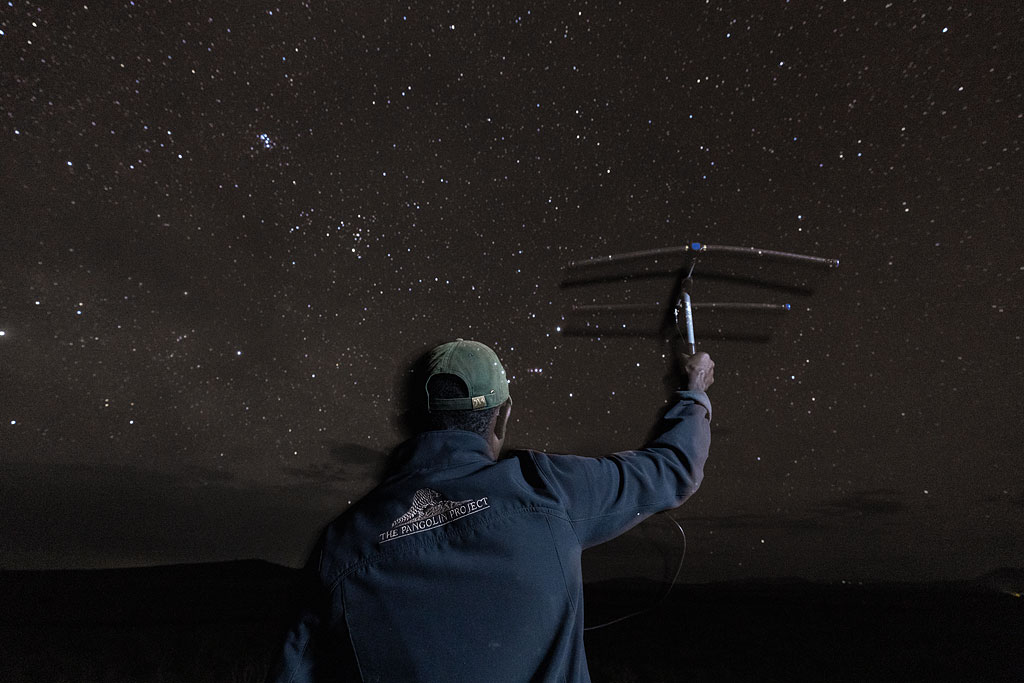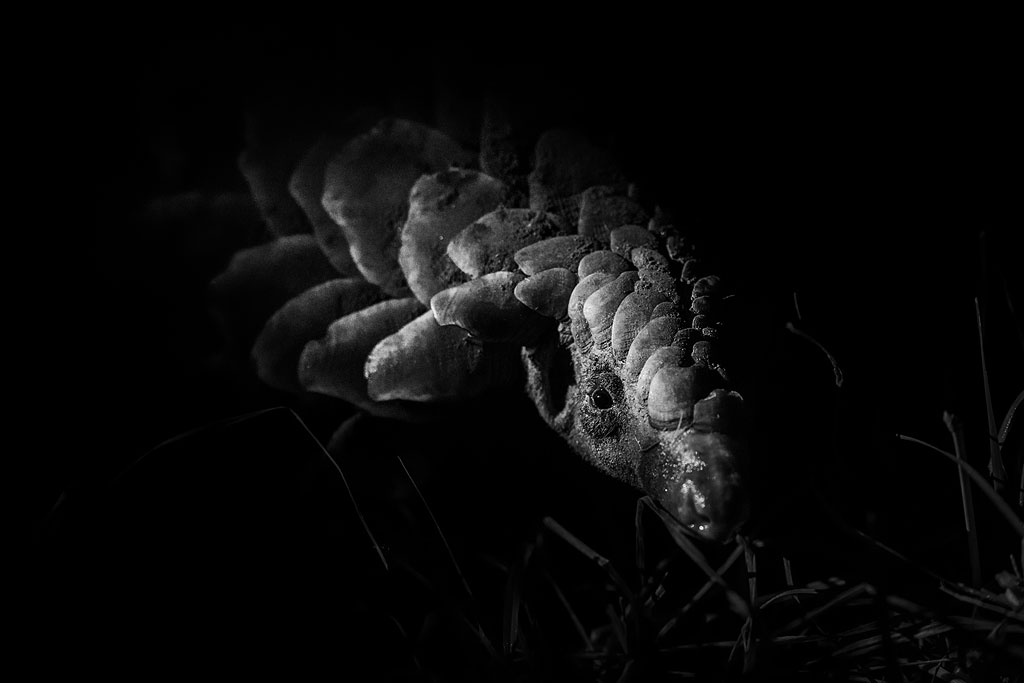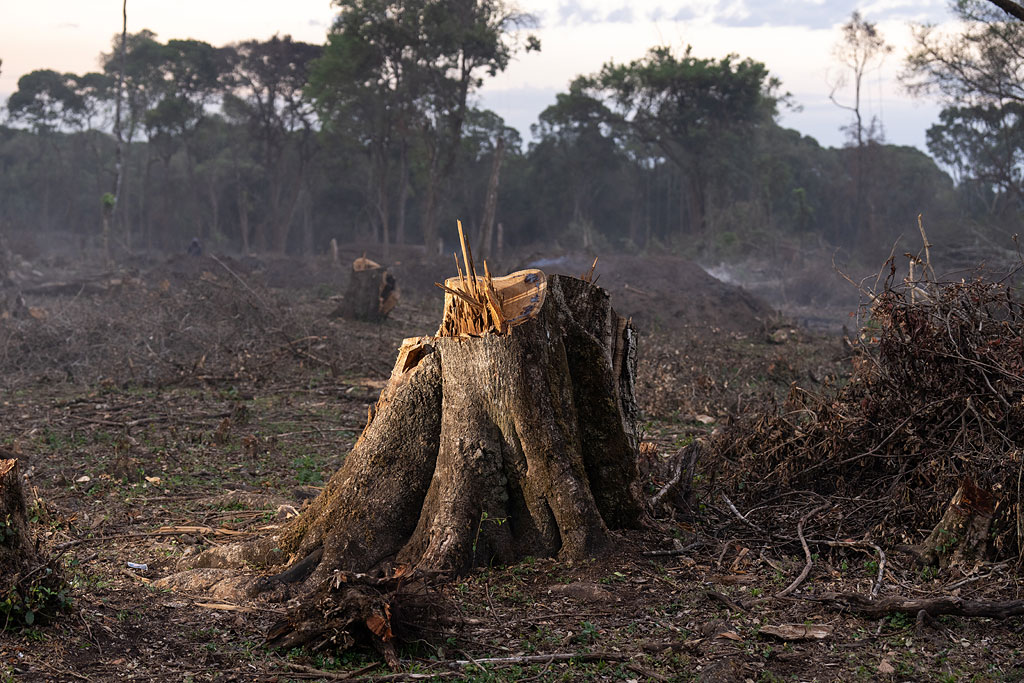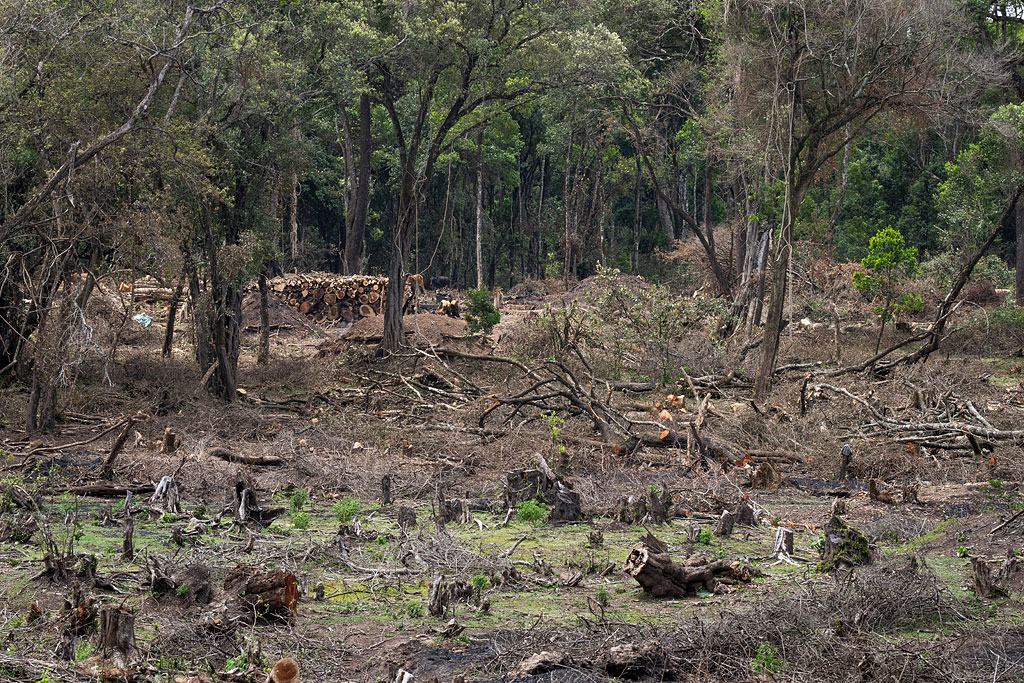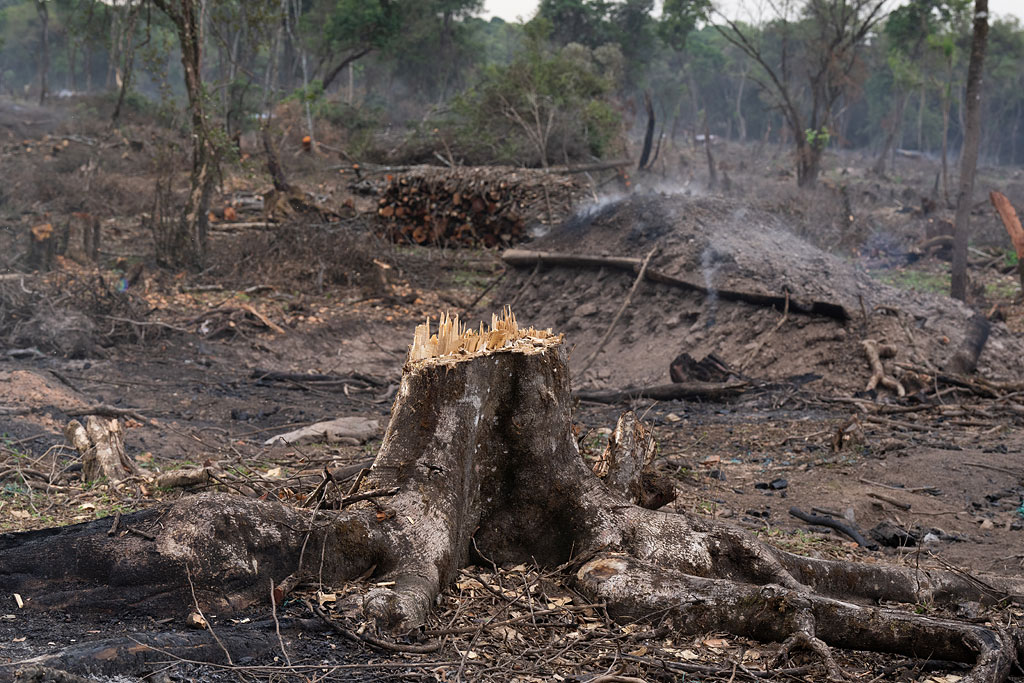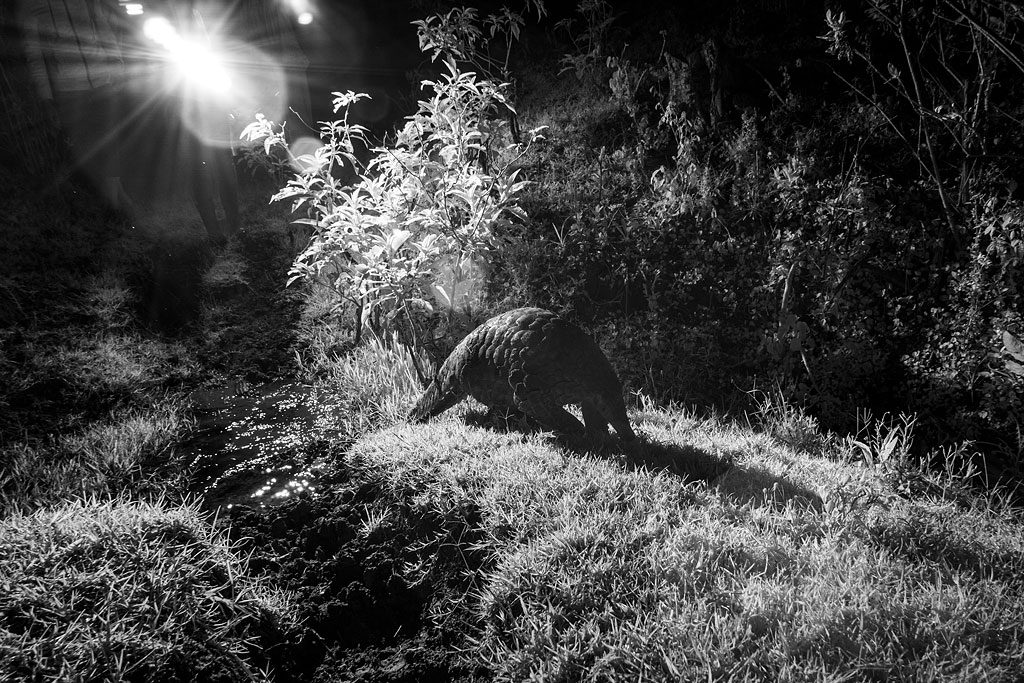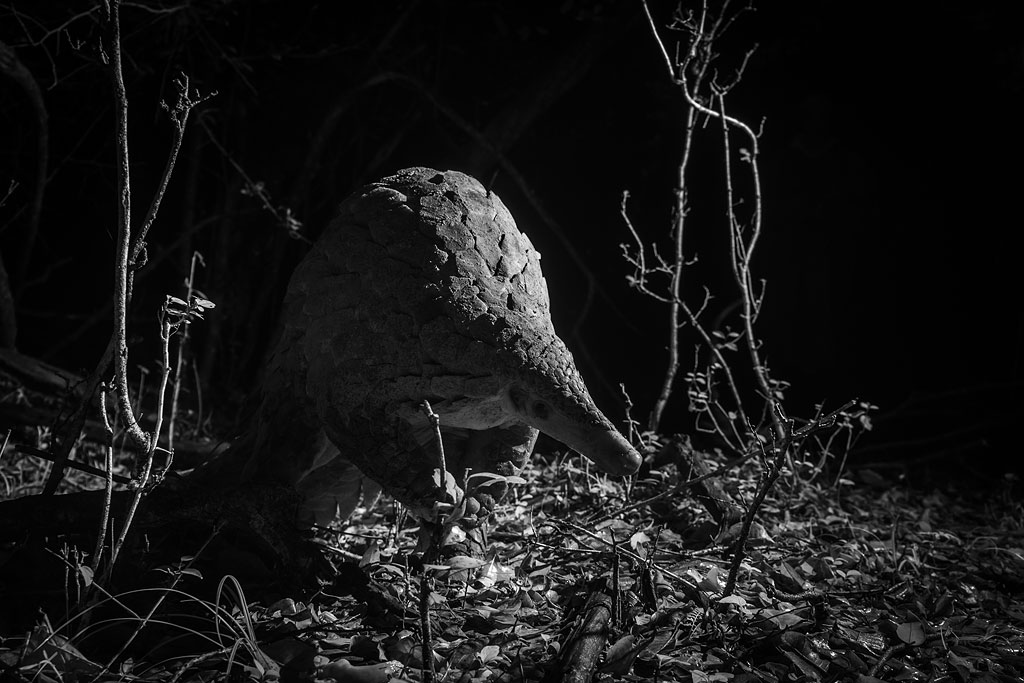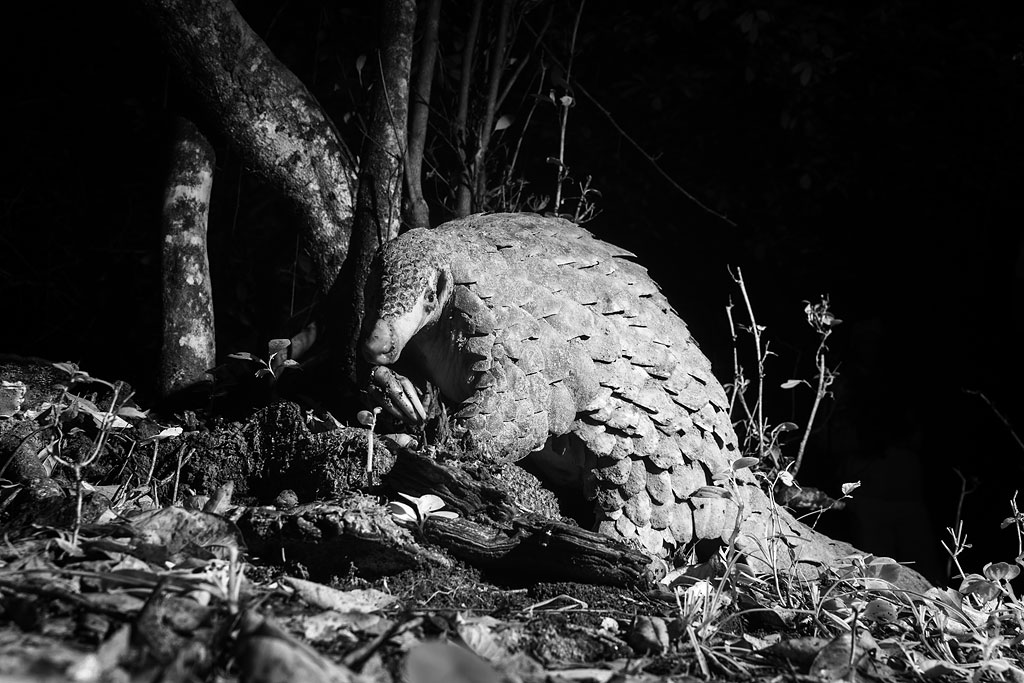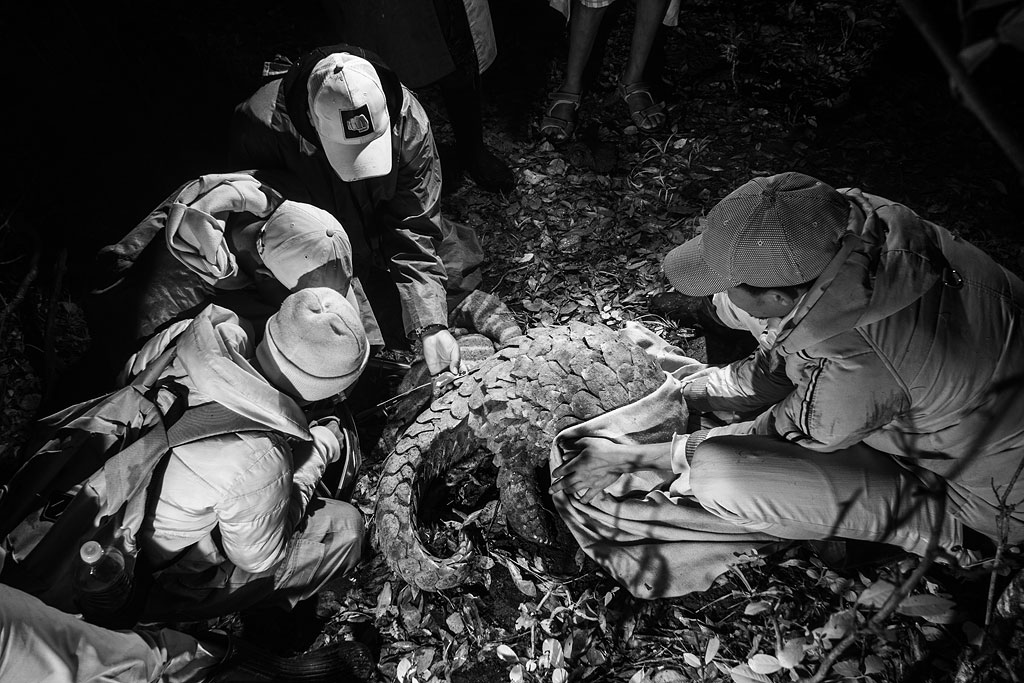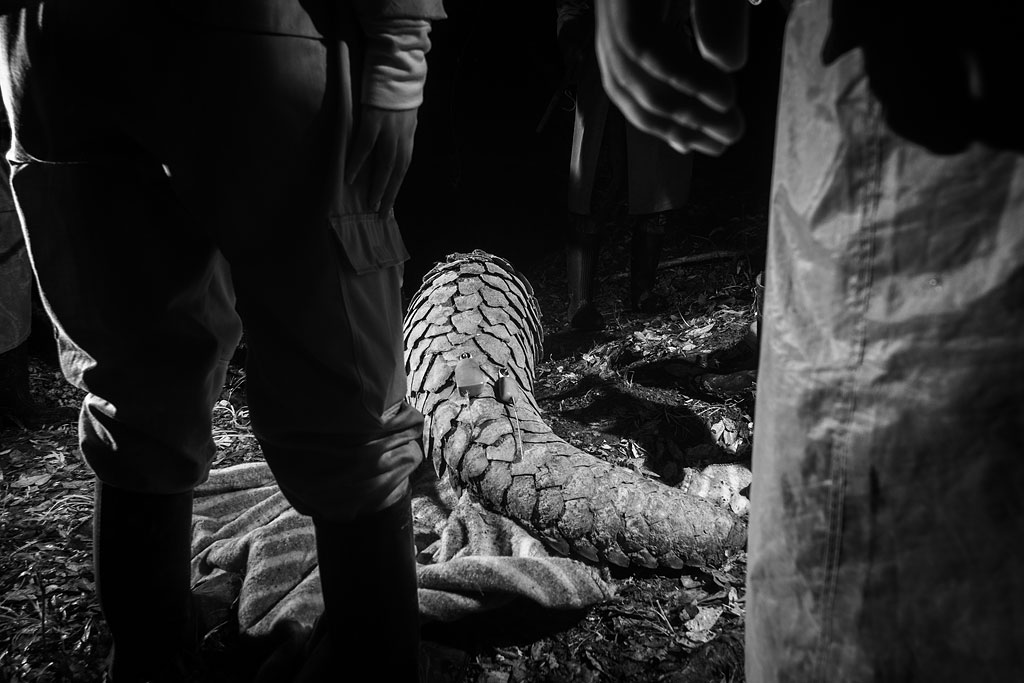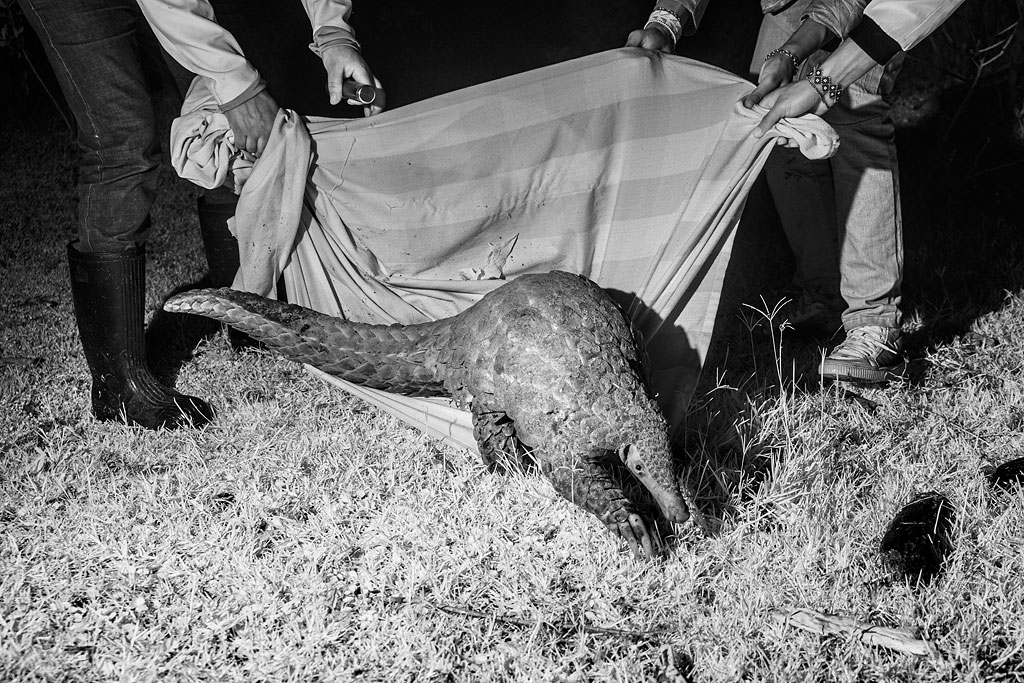As I stood on the edge of the Oloololo escarpment, looking out over the Maasai Mara, an occasional glint of light reflected off a distant vehicle and reminded me that the planes below teem with safari vehicles. This is one of the most popular safari destinations on the continent and it seemed incredible that, just over my shoulder, there was a large species of mammal that had gone mostly unnoticed until recently and could soon be extinct in Kenya.
Pangolins are bizarre creatures; covered in coarse scales, with a whip-like tongue for feeding on ants and termites, and the ability to curl up into a tight, armoured ball. Demand for their scales in traditional Chinese medicine has resulted in them gaining the unenviable status of “world’s most trafficked mammal”. It is thought that more than 100,000 are illegally exported from Africa to Asia each year.
There are eight species of pangolin in the world, four of which are found in Africa. The best-known and most photographed species is the Temminck’s ground pangolin which is widely distributed throughout Southern and Eastern Africa. However, it is still extremely difficult to see one owing to their low population density, shy nature, and highly nocturnal habits. In fact, despite all the time I had spent out in the African night, I had never even glimpsed one. That was until I started collaborating with the Pangolin Project in Kenya…
The Pangolin Project was founded in 2019 by Dr. Claire Okell and is the only pangolin-focused initiative in East Africa. A research programme was quickly established to inform a conservation strategy. The team also started raising awareness throughout Kenya, particularly amongst anti-poaching teams, law enforcement and the communities living alongside pangolins.
The Pangolin Project’s first base of operation was at Sala’s Camp in the Maasai Mara National Reserve, from which they started monitoring several Temminck’s pangolins. It was at that stage, in 2021, that I first visited the team. The purpose of our initial collaboration was to capture a few photographs of the pangolins which could then be used in their fundraising and outreach materials.
I joined Claire, Beryl, Joel and Job, and we spent a week staking out pangolin burrows in the dead of night. It turns out pangolins have an almost supernatural ability to tell if someone is waiting outside their burrow and so actually being there when one did emerge was an exercise in stealth and patience!
Seeing my first pangolin was magical. It pottered around, investigating various termitey spots and freezing for a few seconds if I inadvertently crunched a bit of vegetation underfoot. Pangolins are very sensitive to disturbance from white light and so I only used red light which resulted in black and white photographs. I spent about 15 minutes with the pangolin before leaving her to get on with her night.
Once established, the Pangolin Project received a steady flow of reports and pictures from pangolin sightings across Kenya. One day, Claire was sent a picture of a pangolin that caught her attention. The animal looked rather large and there were several subtle differences in appearance from the Temminck’s pangolin. She thought it could be a picture of a giant pangolin, the largest of all pangolin species. This was surprising because giant pangolins are found in the forests of western and central Africa. Until recently, it had been assumed that they were extinct in Kenya.
Incredibly, the photograph was taken just at the top of the Oloololo escarpment, almost within sight of the Pangolin Project’s field base. It had always been known that pangolins were up there, but most people assumed they were the Temminck’s species.
The photo warranted further investigation and so at the start of 2022, the team traveled up the escarpment and started engaging members of the local community to help them track down a pangolin.
After months of waiting, they eventually got a call in the middle of the night from someone who was with a pangolin at that moment. The team rushed to the sighting and verified that it was indeed a giant. However, their euphoria was tempered as the area was rapidly changing and the outlook for the pangolins was very uncertain…
The heart of this region is the Nyakweri Forest. The area used to be communal land but a few years ago it was sub-divided which meant many different individuals suddenly owned their own patches of forest. The majority of people set about making the most of their lots by clearing trees to sell as charcoal, converting the land into grazing for their livestock and erecting electric fences to keep out trespassers and wildlife. What was so shocking was the speed at which the transformation took place – in the space of just a few years, 80% of the entire forest was felled and the rest is unlikely to last much longer. This is the forest that was harbouring the giant pangolins.
While the pangolin’s habitat was being lost, the electric fences posed another grave threat. If a pangolin encounters a fence, it tries to climb between the strands. After receiving the first shock, it reflexively curls around the wire and then suffers a protracted death before being discovered the next morning.
Nobody knows how many giant pangolins are left in the area. It may be as few as 50. The pangolin team get called out to around 1 or 2 fence casualties a month, but the true number of animals falling victim to this fate could be higher.
In the face of this threat and the rapidly changing landscape, is there any hope that the giant pangolins can adapt and survive? This is the question that the Pangolin Project have focused their resources on addressing.
In 2022 and 2023 I joined the team in the Nyakweri Forest to document the challenges and the conservation efforts. The plan was to fit GPS and VHF trackers to as many giant pangolins as possible so that they could understand how the animals were navigating the changing landscape. Could the animals survive in proximity to the electric fences and in deforested areas or were they now marooned in the tiny fragments of remaining forest?
On arrival, I was immediately confronted by the shocking devastation cause by the charcoal industry. Huge swathes of forest cut down, the wood piled up, covered in soil, and then set smouldering to reduce it to charcoal which could then be loaded into sacks and transported to the cities for sale. The smoke and ragged tree-stumps resembled a war zone.
I was in the area for almost two weeks before we got the call to say a giant pangolin had been found in a burrow. A team was assembled comprising researchers from the Pangolin Project, a vet and ranger from Kenya Wildlife Service, and representatives from the community. We all waited about 500m away while two of the researchers kept watch on the burrow.
After several hours, the pangolin emerged and the tagging team sprang into action. I photographed the entire processing using an infrared-converted Sony a9 camera and flashes fitted with infrared filters which cut out all visible light.
The pangolin’s head was covered with a Maasai blanket and this caused him to instinctively curl up and lie still. The tracker was then attached to a scale on his back. The final task was to weigh him… 36kg! When it was all over, the blanket was removed and the pangolin shuffled back into his hole.
As we returned to our vehicles, we had to skirt a new electric fence running along the edge forest. The outlook for this pangolin may seem bleak, but there is still hope…
Some landowners in the area have come together to form the Nyekweri Kimintet Forest Conservation Trust, which seeks to protect more than 2,000 hectares of forest. The Pangolin Project has also recruited a team of “Pangolin Guardians” from the local community, who have been going from household to household, raising awareness and persuading some people to remove the lowest strands of their electric fences which pose the greatest threat to pangolins. The project was recently featured in this article from the Guardian’s Age of Extinction series.
If you would like to support the Pangolin Project’s efforts, please visit their website for more information. I would like to thank the entire Pangolin Project team and the community for their efforts to protect the pangolins and the Nyakweri Forest. A big thank you to Claire, Beryl, Joel and Job for showing me my first pangolin and helping me capture these images. Thank you also to Mara West Camp, Sala’s Camp and Serian Camp for supporting the project.


